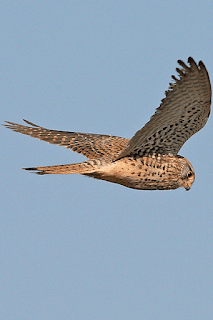International Vulture Awareness Day

The first Saturday in September each year is International Vulture Awareness Day. Vultures are an ecologically vital group of birds that face a range of threats in many areas that they occur. Populations of many species are under pressure and some species are facing extinction. The International Vulture Awareness Day has grown from Vulture Awareness Days run by the Birds of Prey Programme of the Endangered Wildlife Trust in South Africa and the Hawk Conservancy Trust in England, who decided to work together and expand the initiative into an international event. It is now recognised that a co-ordinated international day will publicise the conservation of vultures to a wider audience and highlight the important work being carried out by the world’s vulture conservationists. On the first Saturday in September, the aim is for each participating organisation to carry out their own activities that highlight vulture conservation and awareness. This website provides a central place f...





